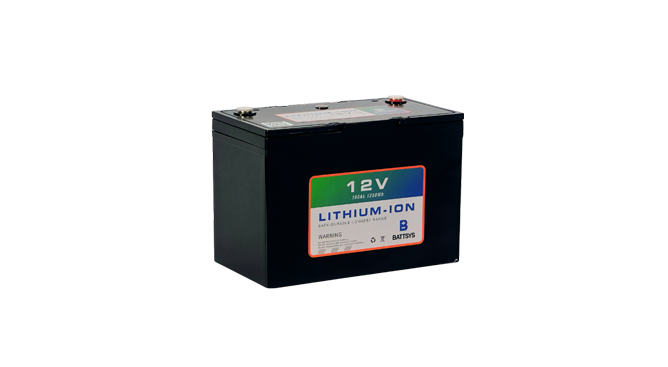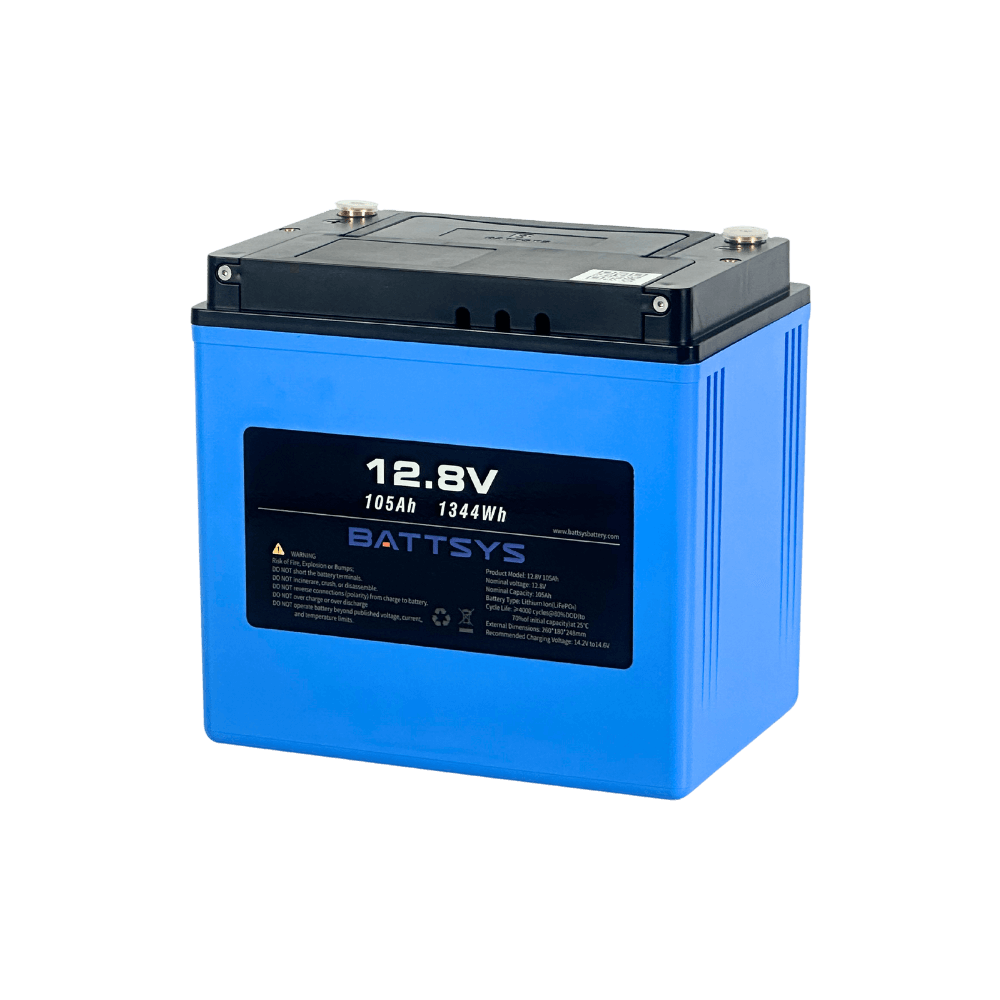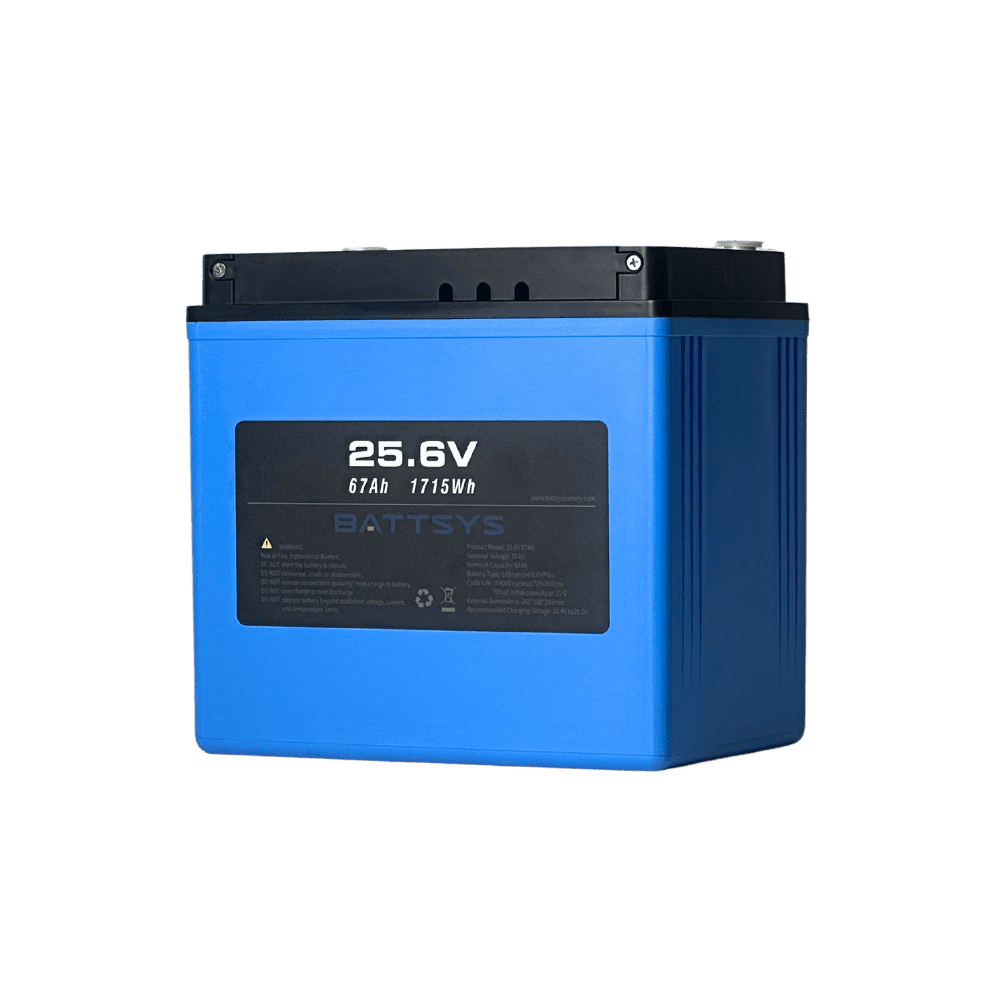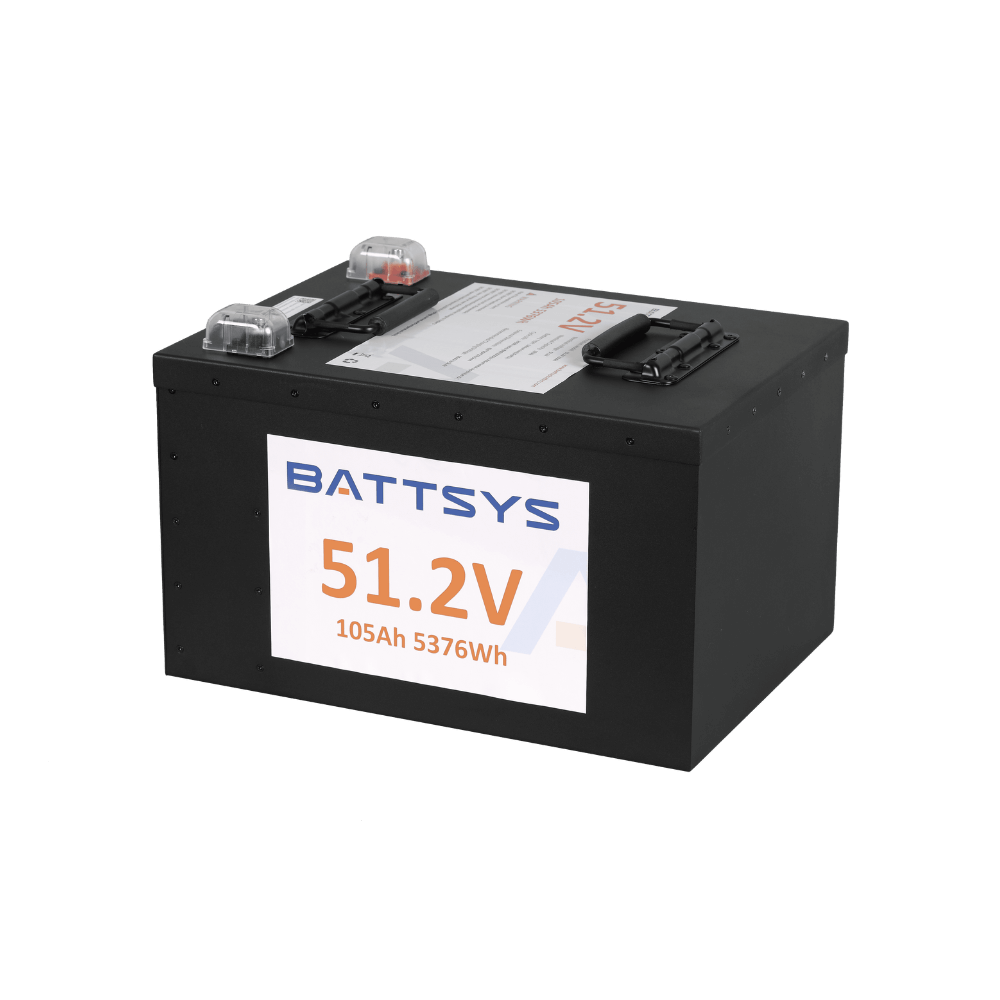What are the performance standards for lithium batteries.
In order to test whether the performance indicators of the battery meet the requirements, the following is an introduction to the conventional performance testing methods for lithium batteries:
1、 Routine finished product testing;
Charging: Use a testing system/DC power supply to charge the battery, using 0.2C constant current and constant voltage charging until the battery is fully charged;
Discharge: Use a testing system/load meter to discharge the battery, using a constant current discharge of 0.2C until the battery is completely discharged;

Internal resistance: High precision internal resistance tester is used for internal resistance testing. Good contact points are necessary to obtain accurate resistance values. The larger the battery capacity, the smaller the internal resistance; Anyway, the smaller the battery capacity, the greater the internal resistance; And usually the internal resistance of rate batteries is relatively low.
Overcurrent: Using a battery comprehensive tester to test the protection current of the finished battery and whether the protection board can provide overcurrent protection.
Short circuit: A dedicated tester is used to test whether the battery short circuit has a protective function. Usually, many protection boards cannot pass the short circuit when the design experience is insufficient or the battery capacity is large. Generally, electronic engineers from manufacturers can pass the short circuit, so choosing a more formal manufacturer is basically not a problem. Alternatively, a simple positive and negative direct short circuit can be used to check whether the battery still has current output, no current output, load disconnection, voltage recovery and other normal functions, proving that the battery has short circuit protection.
Capacity: Using a 0.2C battery for charging and discharging, the battery capacity reaches the nominal capacity.
2、 Deep testing;
High temperature: Use 0.2C constant current and constant voltage charging. After charging, place it in a constant temperature box and adjust the temperature to 65 ℃ for 4 hours. Then use 0.2C constant current discharge to the cut-off voltage to see if the capacity can reach 85% or more of the nominal capacity.
Low temperature: 0.2C constant current and constant voltage charging is used. After being fully charged, it is placed in a low-temperature box and the temperature is adjusted to -20 ℃ for 4 hours. Then, 0.2C constant current discharge is used until the cut-off voltage is reached to see if the discharge capacity reaches more than 60% of the nominal capacity.
Cycle: Use 0.2C to charge and discharge 500 times at 25 ℃, and check if the capacity is retained by more than 80%.
Drop: Using standard drop equipment, conduct a 1-meter drop test on 6 surfaces to check for any adverse reactions such as fire or combustion. Normally, there should be no fire, explosion, smoke, or liquid leakage.




